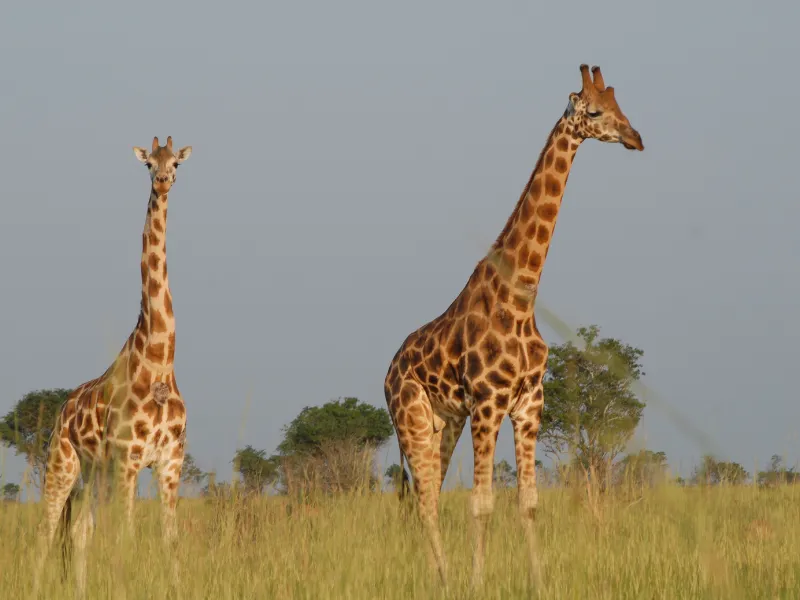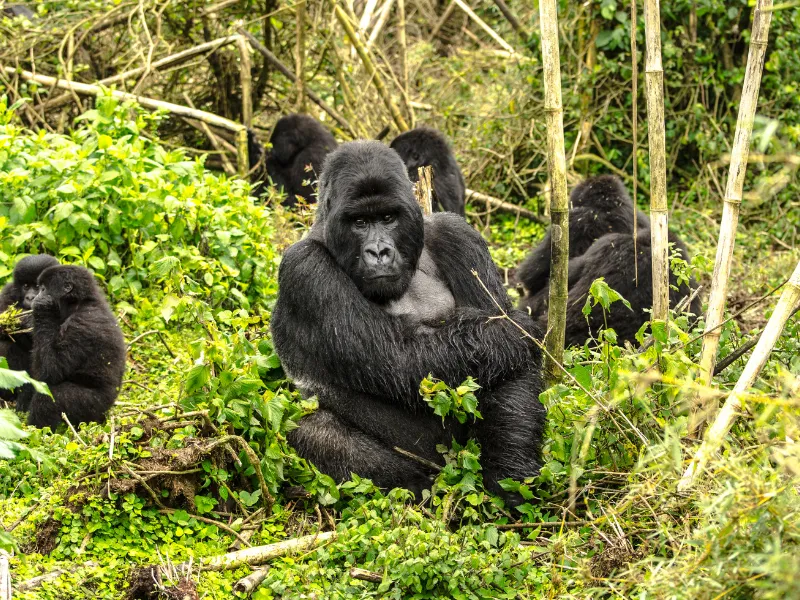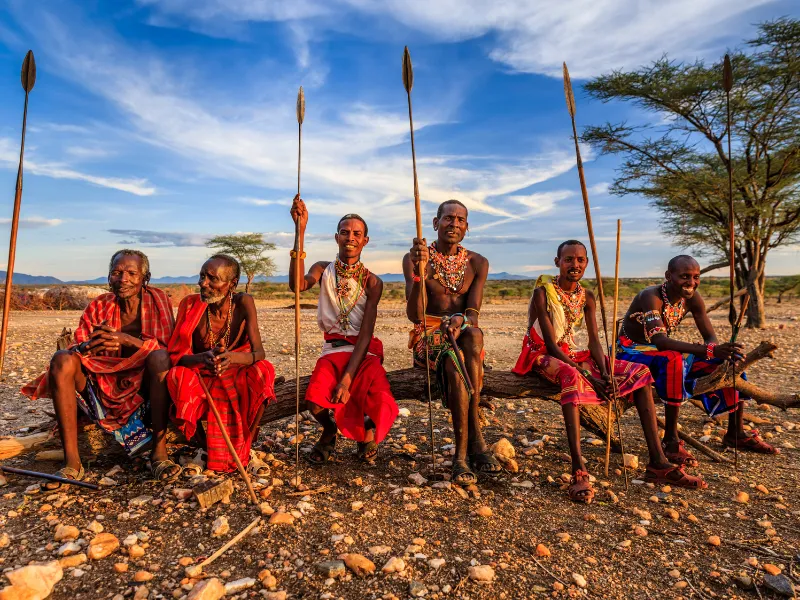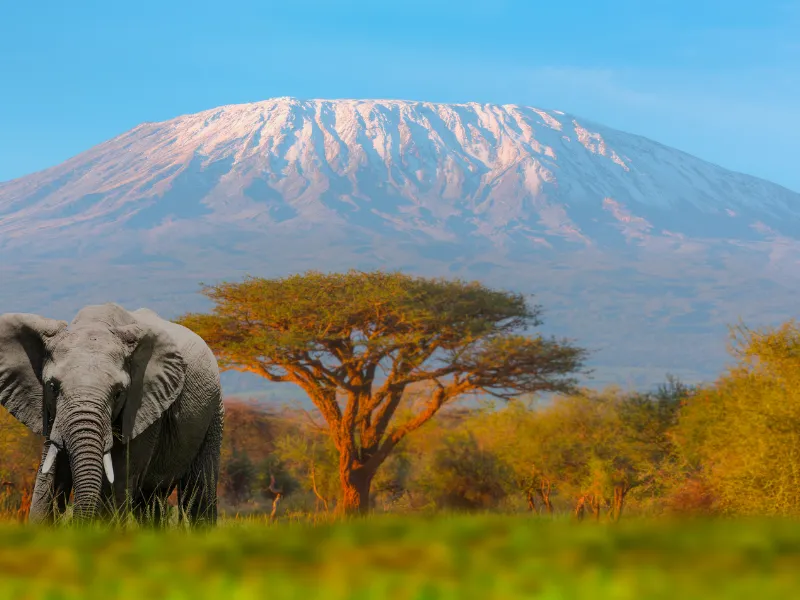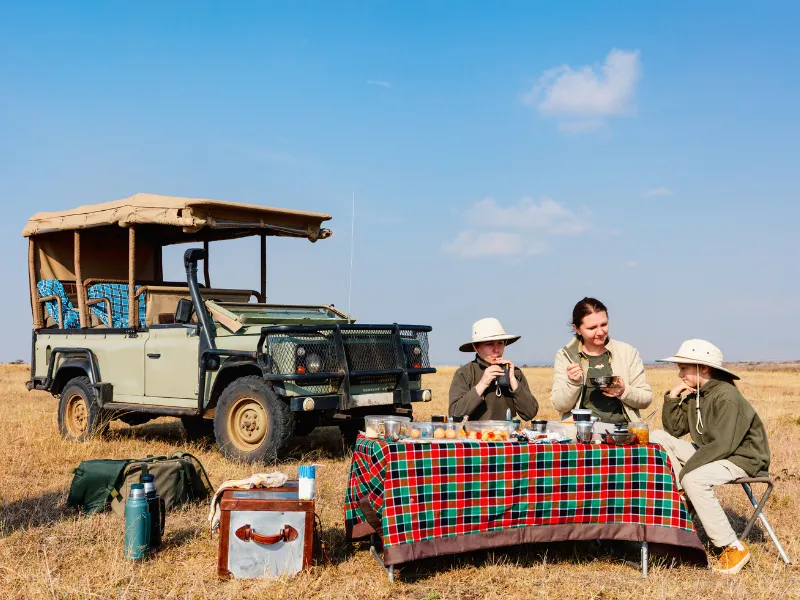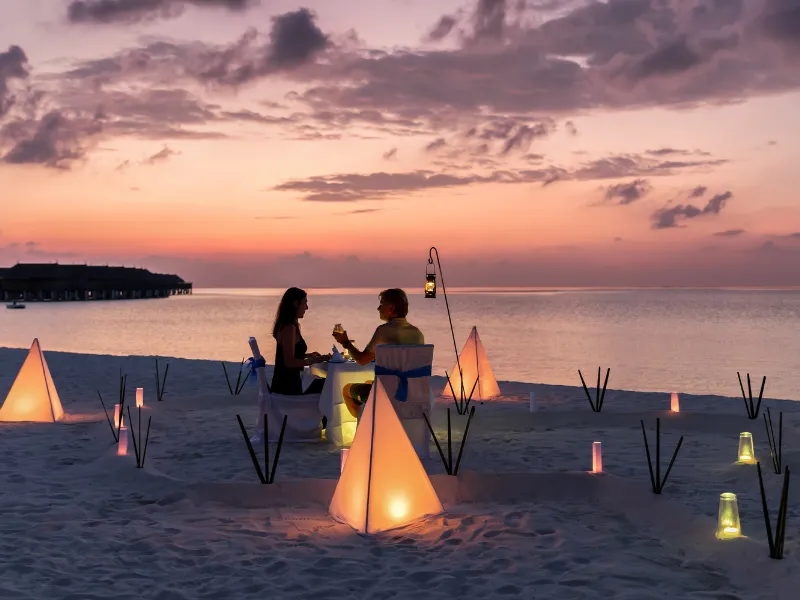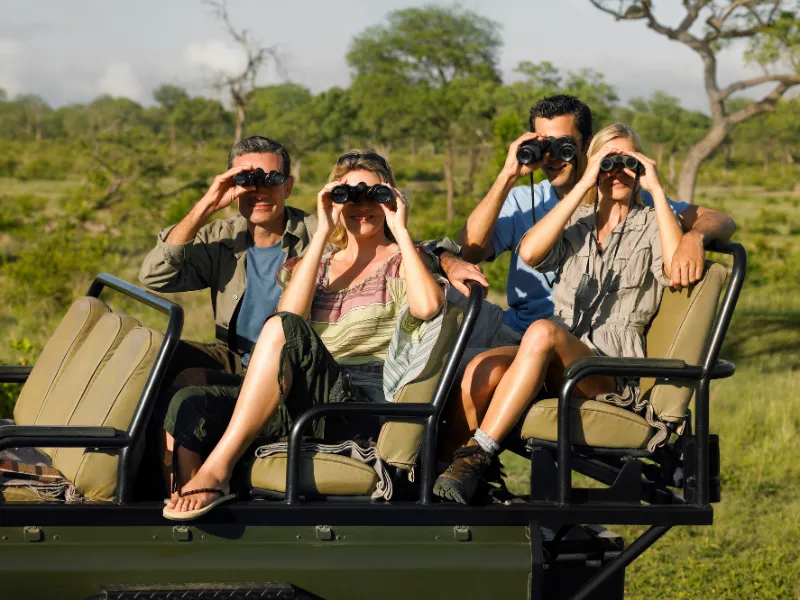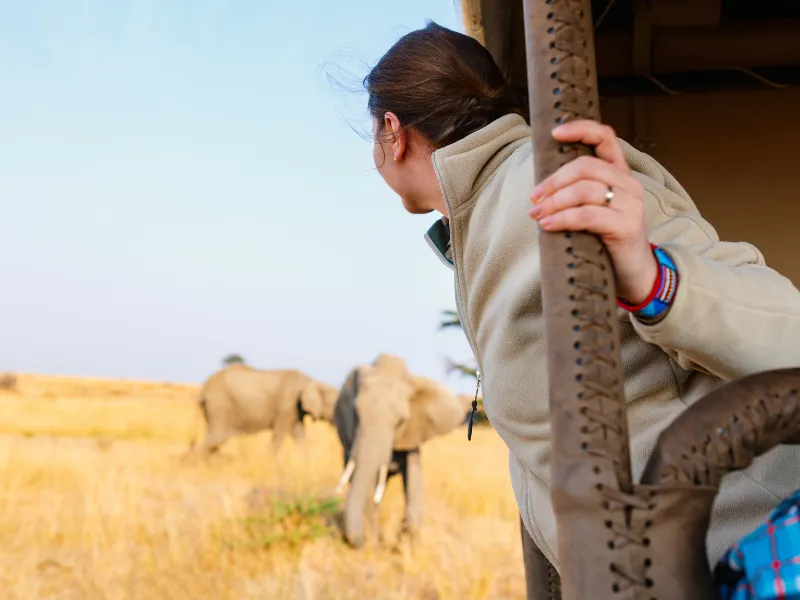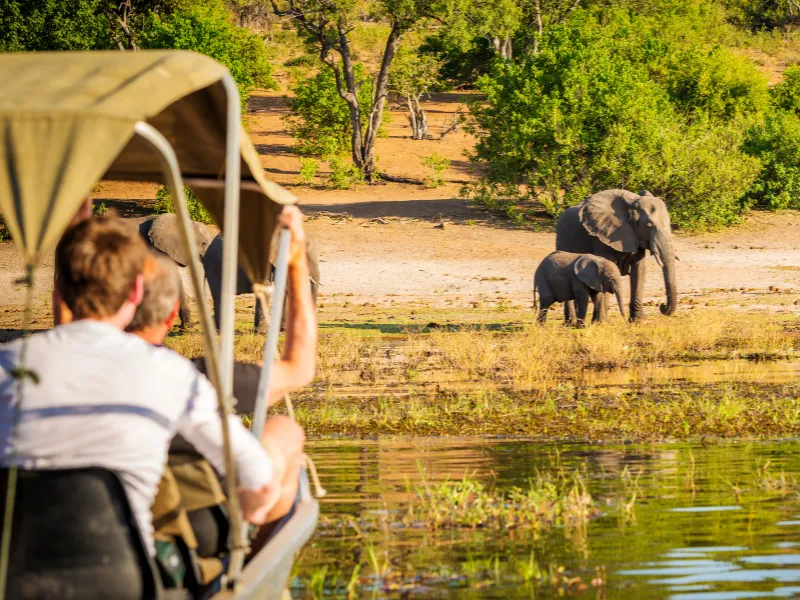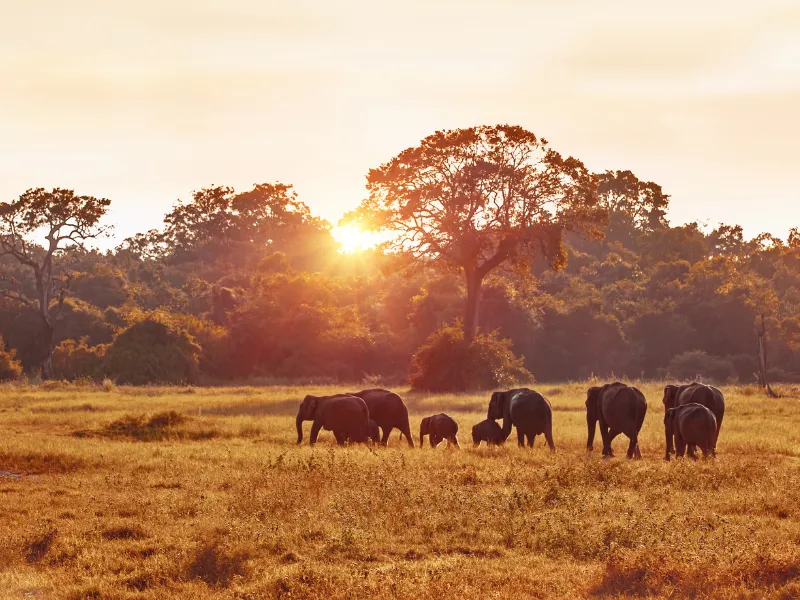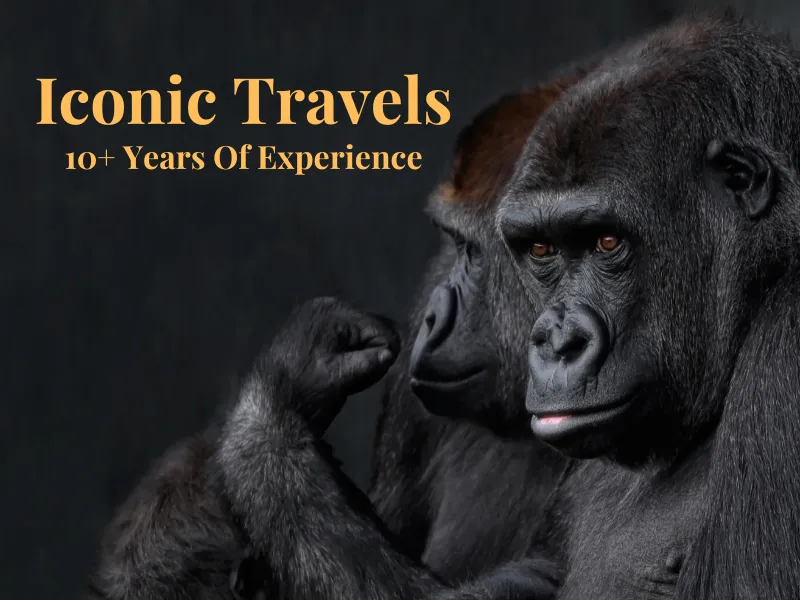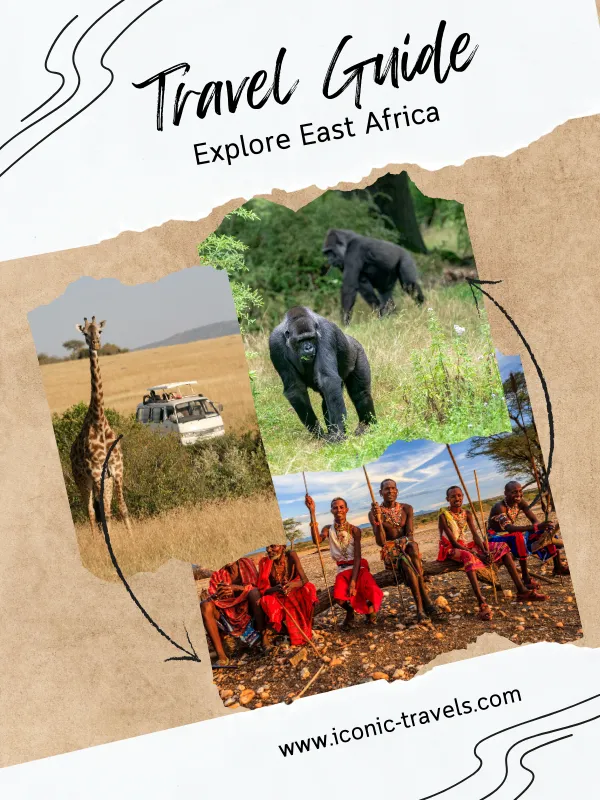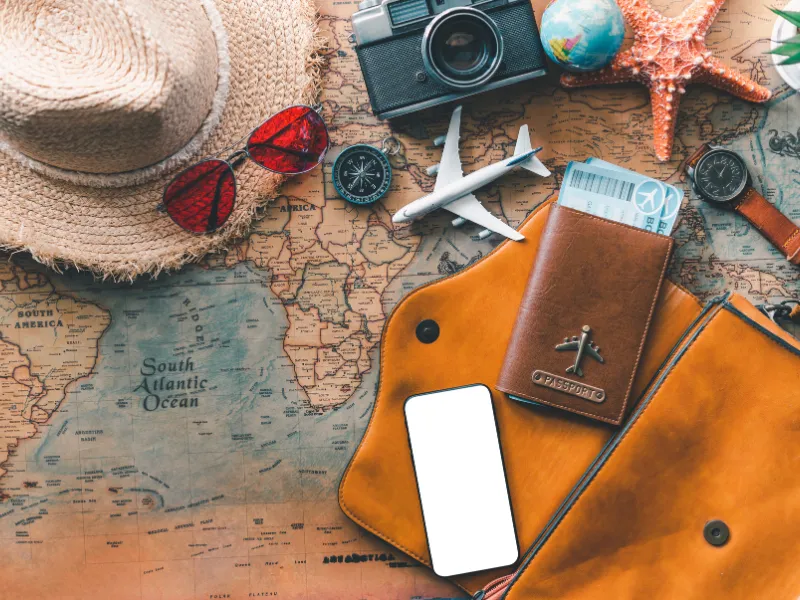Private Safari Big 5
Annually, we expertly match over 100,000 proactive individuals seeking expertise in finance, lending, and claims management with experienced advisors and brokers.
The Art of the Private Safari in East Africa
The Art of the Private Safari: An Introduction to Bespoke East African Adventures
A safari is an iconic journey, but a private safari elevates this experience from a shared adventure to a deeply personal one. At its core, a private safari is not merely a tour; it is a meticulously personalized immersion into the heart of the African wilderness on one’s own terms. This level of service is defined by the exclusive use of a private safari vehicle and the undivided attention of an expert guide.
For the luxury traveler, this bespoke approach offers a level of freedom that is the very essence of modern opulence. Unlike a standard group tour with a fixed schedule, a private safari grants the ultimate flexibility. It provides the freedom to set the pace of the day, to linger for as long as desired at a wildlife sighting to capture the perfect photograph, to return to the lodge for a child's midday nap, or to spontaneously venture down a lesser-known track. This comprehensive customization transforms a conventional safari into a profoundly intimate experience, allowing the traveler to connect with the landscape and its inhabitants in a way that is both personal and unforgettable.
The Big Five: Legends of the East African Plains
The pursuit of Africa’s legendary “Big Five”; lion, leopard, elephant, rhino, and buffalo; is a central draw of any safari. These iconic animals, originally named by big-game hunters for being the most challenging to hunt on foot, now represent the pinnacle of a wildlife viewing experience. Their allure is universal, and their presence defines many of East Africa's most renowned destinations.
An expert understanding of safari logistics, however, requires a nuanced perspective that goes beyond the generalized claim of seeing all five. The likelihood of a successful Big Five viewing is highly dependent on the specific park or reserve visited. For example, while the Masai Mara in Kenya is world-renowned for its dense populations of lions and leopards, the black rhino is "present but rare" within the main reserve. Similarly, the Serengeti in Tanzania, famous for its epic migration and unparalleled predator concentrations, has a rhino population that is "very scarce".
Conversely, other destinations are distinguished by their exceptional rhino populations. Ngorongoro Crater in Tanzania is widely regarded as one of the best places to see the black rhino due to sustained conservation efforts. Likewise, Kenya’s Laikipia Plateau is a haven for rhino conservation, boasting one of East Africa’s highest black rhino populations. Therefore, a truly successful Big Five safari often necessitates a carefully planned, multi-destination itinerary that combines a park celebrated for its predators and migration with a specific sanctuary known for its reliable rhino sightings. This tailored approach ensures that the travel experience meets and exceeds the expectations of a discerning traveler seeking a complete and memorable journey.
East Africa's Crown Jewels: A Detailed Guide to Key Big Five Destinations
East Africa is home to a collection of world-class safari destinations, each offering a distinct experience. The choice of where to go is paramount to the success of a safari, and the nuances of each location must be considered. The following table provides a high-level overview of the region's premier destinations before delving into a detailed discussion of each.
East Africa Destination Comparison
| Park/Conservancy | Country | Size | Big Five Presence | Key Highlights | Ideal for… |
|---|
Kenya
Masai Mara: The Masai Mara National Reserve is an icon, renowned for hosting one of the densest wildlife populations on Earth. Part of the larger Serengeti ecosystem, it is the stage for the dramatic Mara River crossings during the Great Migration, which sees millions of wildebeest, zebra, and gazelles flow into its tawny grasslands between July and October. Beyond the migration, the Mara is celebrated for its incredible concentration of predators, boasting a lion density that is among the highest in Africa.
Despite its relatively small size (1,510 km²), the reserve offers consistently spectacular game viewing year-round. The popularity of the Mara, however, can lead to crowded sightings with multiple vehicles vying for a view. This is precisely where the adjacent private conservancies, such as Olare Motorogi and Mara North, offer a compelling alternative. These areas strictly limit visitor numbers, ensuring exclusive game viewing with virtually no other vehicles. Furthermore, they permit activities forbidden in the main reserve, including off-road driving, night drives, and guided bush walks. This flexibility allows for a far more intimate and personalized experience, whether tracking a leopard after dark or simply enjoying a sighting in solitude.
Laikipia Plateau: The Laikipia region in northern Kenya offers a different kind of safari experience, defined not by national parks but by vast private ranches and conservancies. It has emerged as a beacon of community-led conservation, with tourism funds directly supporting local communities and crucial wildlife projects. Laikipia is particularly important for rhino conservation, with conservancies like Ol Pejeta holding one of the highest black rhino populations in East Africa, as well as the last remaining northern white rhinos on the planet.
The highland savannas of Laikipia support all of the Big Five, alongside unique northern species such as Grevy's zebra and reticulated giraffe. The region’s private status allows for a wide range of exclusive activities, including night drives, bush walks, and even horseback or camel safaris in a predator-rich wilderness. Its cooler, drier climate also means fewer mosquitoes, a significant benefit for families with young children. Laikipia is often combined with the Masai Mara to offer a tailored, crowd-free experience with guaranteed rhino sightings, providing a perfect counterpoint to the Mara’s grand spectacle.
Tanzania
Serengeti: The Serengeti is an immense and iconic destination, spanning 14,763 km² of rolling plains and woodlands. It is the stage for the world’s largest animal migration, where approximately 2 million wildebeest, zebra, and gazelles follow the rains in a relentless cycle. The park is home to a staggering abundance of wildlife year-round, including Africa’s largest lion population.
While the Serengeti is unbeatable for the sheer scale of its wildlife and the epic drama of the migration, it is important to note that rhinos are "very scarce" and spotting one often requires a great deal of luck. Private concessions on the periphery, such as the Grumeti Reserve, offer a level of exclusivity similar to Kenya’s conservancies, ensuring that the spectacle can be enjoyed without the crowds.
Ngorongoro Crater: The Ngorongoro Crater is a truly unique destination—a 260 km² volcanic caldera that hosts an astonishing density of wildlife on its floor. Its year-round water and grazing mean that animals do not migrate in or out, providing a reliable opportunity to see the Big Five in a single day. The crater is particularly famous for its high number of black rhinos, making it one of the most dependable places in Tanzania to encounter them. The park is highly regulated, with only daytime tours and no off-road driving permitted, which can lead to a "big zoo" feeling due to the concentration of wildlife and visitors. It is typically experienced as a one-day highlight of a northern Tanzania safari.
Tarangire National Park: Tarangire is often overshadowed by its more famous counterparts, yet it is a hidden gem known for its immense elephant herds and iconic baobab trees. During the dry season, hundreds of elephants congregate along the Tarangire River, the park’s lifeline. The park boasts a high elephant population density and also harbors unique dry-country species rarely seen in the Serengeti, such as fringe-eared oryx and greater kudu. Tarangire has no rhino population, but its quieter atmosphere makes it a perfect choice for those seeking a more tranquil and intimate safari experience. The park's guides are able to conduct walking safaris and night drives in certain areas with special permits, which are rare perks for a national park.
Rwanda & Uganda
Akagera National Park (Rwanda): Rwanda, a country primarily known for its primate safaris, has a powerful conservation success story in Akagera National Park. Following the successful reintroduction of lions in 2015 and black rhinos in 2017, the park has become a viable Big Five destination. In a powerful display of conservation commitment, a further 70 southern white rhinos were translocated to the park in two phases in June 2025. This meticulous, cross-continental operation involved veterinary teams monitoring the rhinos throughout their 3,400 km journey from South Africa. This rewilding narrative holds particular appeal for the modern luxury traveler who seeks not just leisure but a meaningful journey that contributes to and witnesses the tangible results of conservation. Akagera is a perfect add-on for travelers undertaking gorilla trekking in Rwanda, providing a luxurious and exclusive safari experience in a less-crowded setting.
Uganda's National Parks: While Uganda is renowned for its primate safaris, it also offers world-class Big Five experiences that are perfect for the adventurous traveler. Murchison Falls National Park is Uganda's largest and oldest conservation area, covering nearly 3,900 km² and bisected by the powerful Victoria Nile River. The park is home to a diverse array of wildlife, including four of the Big Five: lions, leopards, elephants, and buffalo. While rhinos are absent from the park itself, they can be reliably tracked at the Ziwa Rhino Sanctuary. A key highlight of Murchison Falls is the eponymous waterfall, where the entire Nile River is forced through a narrow 7-meter gorge before plunging 43 meters down, creating one of Africa's most powerful waterfalls. The park is also famous for its large population of Nile crocodiles and boat safaris on the Nile, which provide unique opportunities to view wildlife from the water. Additionally, chimpanzee tracking can be done in the park's Budongo Forest Reserve. Queen Elizabeth National Park is another prominent Big Five destination in Uganda, offering a similarly wild and less crowded safari experience. Both Murchison Falls and Queen Elizabeth National Park see far fewer tourists than the Serengeti or Masai Mara, and the thicker vegetation can make wildlife spotting more challenging, which is part of their raw, authentic appeal.
Crafting Your Safari: Tailored Experiences for Discerning Travelers
A private safari is fundamentally a bespoke journey, and a key element of this customization lies in understanding the differences between the land classifications. The choice between a National Park and a Private Conservancy directly impacts the safari experience.
Conservancy vs. National Park Comparison
| Feature | National Park | Private Conservancy/Concession |
|---|
National Parks vs. Private Conservancies: A Critical Comparison
National Parks are large, government-owned protected areas that are accessible to any visitor who pays an entrance fee. They are governed by strict regulations for the protection of the ecosystem, including designated roads, no night driving, and a fixed schedule for game drives. While this protects the environment, it can result in a loss of intimacy, with dozens of jeeps sometimes converging on a single sighting, particularly during peak seasons.
By contrast, private conservancies and concessions operate with a focus on exclusivity and flexibility. These areas, often leased from and co-managed with local communities, strictly limit vehicle traffic and provide a more intimate and unrestricted experience. Guides are permitted to drive off-road to follow a sighting or to set out with spotlights after dark to find nocturnal animals. The ability to go off-road is a significant advantage, allowing a vehicle to maneuver into the optimal position for a photograph or to get closer for a better view without being confined to a path. For the traveler, this distinction is not a minor administrative difference but the dividing line between witnessing a spectacle and having an intimate encounter with the wild.
The most valuable itineraries often combine both types of land, spending a couple of days in an iconic national park to see the spectacle of the migration or a massive herd and a couple of days in a private conservancy for a crowd-free, off-road experience. This approach allows travelers to get the best of both worlds, balancing the vastness of the national parks with the intimacy of the private reserves.
When to Go: Matching Your Desires to the Seasons
The timing of a safari is a crucial factor in shaping the experience. The dry season, from June through October, is considered the prime time for game viewing across East Africa. During this period, wildlife gathers around permanent water sources, and the thinner vegetation makes animals easier to spot. This season also coincides with the Great Migration river crossings in Kenya and Tanzania, which is a major draw. However, this peak period also means higher prices and more visitors.
The shoulder and wet seasons offer compelling alternatives for those who prioritize a different kind of experience. The short rains in November bring lush greenery and vibrant landscapes that are ideal for photography, and the lower number of vehicles ensures a quieter atmosphere. January and February are also an excellent time to travel, with the southern Serengeti plains coming alive with newborn wildebeest calves, attracting intense predator activity. Traveling in the long rains (March-May) is the least popular, but it presents an opportunity for a truly uncrowded wilderness experience with the lowest prices of the year. Ultimately, the ideal timing depends on the traveler's priorities.
Customizing Your Journey: Focus on Family & Photography
A private safari’s strength is its adaptability. A private vehicle and guide can mold the experience to suit any interest, from the needs of a multi-generational family to the demands of a serious photographer.
For families, a private safari is ideal because it provides complete flexibility. A family can set its own schedule, heading back to the lodge when children become tired or hungry without worrying about the needs of a group. Many camps offer special activities for children, such as "Mini Ranger" programs, tracking lessons, and nature walks. It is important to note that many lodges have minimum age restrictions, with many setting a floor around ages 5 to 8 for safety reasons. Some lodges, like Angama Mara, may welcome kids aged 6 and up, while others, like Mara Plains, require children to be at least 8 years old. For families with very young children, some camps may require the exclusive booking of a private vehicle to ensure a comfortable and non-disruptive experience for everyone.
For keen photographers, a private safari transforms the experience from passive observation to an active pursuit of the perfect shot. The ability to have one’s own vehicle and guide allows a photographer to control the timing and positioning, chasing the golden hour light before sunrise or staying out past sunset for night sky shots. Off-road driving in private conservancies is a major advantage, as a guide can maneuver closer to an animal or into the best light. Many top-end camps even cater to this interest by providing professional camera bodies and telephoto lenses for guest use, as is the case at Mara Plains Camp.
Your Home in the Bush: A Curated Selection of Top Luxury Camps & Lodges
East Africa offers an array of luxury accommodations that are perfectly suited for private safaris. Each camp provides a unique atmosphere and a high level of personalized service.
Kenya
Angama Mara: Perched on the Oloololo Escarpment, Angama Mara is a luxury lodge in the Masai Mara known for its panoramic views over the plains. The lodge offers private vehicles and a flexible schedule. It welcomes children aged 6 and older and features interconnected family suites and a "Mini Ranger" program.
Mara Plains Camp: Situated in the exclusive Olare Motorogi Conservancy, Mara Plains Camp is considered one of the most exclusive camps in the Mara ecosystem. With only seven tents, it offers an intimate experience with top-notch guiding. A unique offering is the inclusion of a professional Canon camera and a pair of Swarovski HD binoculars in each tent for guests to use. The camp requires a minimum age of 8 for guests.
Tanzania
Singita Serengeti (Grumeti Reserves): Singita operates several ultra-luxurious lodges within the 350,000-acre Grumeti Reserve, a private concession adjacent to the Serengeti National Park. Lodges like Singita Sasakwa and Singita Faru Faru offer an unparalleled level of indulgence, with private plunge pools, and high staff-to-guest ratios. Game drives in Grumeti are exclusive to Singita guests, ensuring an uncrowded experience. Singita is also exceptionally family-friendly, welcoming children of all ages at properties like Serengeti House, which can be booked exclusively for large family groups.
Oliver's Camp (Tarangire): Located deep inside Tarangire National Park, Oliver’s Camp is a classic tented camp celebrated for its expert guiding and authentic bush atmosphere. This camp is unique for its ability to offer walking safaris and night drives inside the national park, a rare perk granted by special permits. It is an ideal choice for safari enthusiasts and budding naturalists who value immersion over ultra-luxury. The camp welcomes children from around ages 5-6.
Rwanda
Wilderness Magashi Camp (Akagera NP): This luxury camp is located in its own private concession in the northeastern corner of Akagera National Park. Magashi offers day and night game drives, guided walks, and boat safaris on the lake, all exclusive to camp guests. The camp's child policy requires families with children between 6 and 12 to book sole use of a safari vehicle, which, in practice, means booking at least three of the six tents. This makes it a perfect option for a larger family group looking for a luxurious add-on to a gorilla trekking trip.
Uganda
Uganda's growing reputation as a luxury safari destination is supported by a selection of top-tier lodges that combine comfort with an authentic wilderness experience.
Murchison Falls National Park: The park offers a number of high-end options, often situated with stunning views of the Nile River. Chobe Safari Lodge is considered one of the best luxury lodges in the park, located on the northern bank of the Nile with panoramic views.
Paraa Safari Lodge, another popular choice, is centrally located within the park and also overlooks the river. For a more intimate feel, Nile Safari Lodge offers eight luxurious "bandas," with a Family Deluxe Banda suitable for small groups and families.
Queen Elizabeth National Park: This park also has a collection of exceptional lodges. Mweya Safari Lodge is a well-known, high-end lodge perched on the Mweya Peninsula, offering picturesque views of the Kazinga Channel.
Ishasha Wilderness Camp, meanwhile, is a more rustic but no less luxurious option for travelers seeking an authentic safari in the heart of the wild. Other noteworthy lodges include Jacana Safari Lodge and Kyambura Gorge Lodge, which boasts cottages named after the resident chimpanzees in the nearby gorge.
Health and Wellness on Safari: A Guide to Responsible Travel
A well-planned safari includes a thorough consideration of health and wellness, which is especially important for luxury travelers who value their well-being. A private safari, with its relaxed pace and customized schedule, can be beneficial if anyone in a party feels unwell, as it allows for easy adjustments to the itinerary.
Malaria Risks and Precautions
The risk of malaria is a primary concern for travelers to East Africa. A complete understanding of the risk levels is essential. All of the Big Five areas in Kenya, Tanzania, Uganda, and Rwanda are in or near the tropics where malaria is present, but risk levels vary significantly by location and season. Generally, higher-altitude and drier areas have fewer mosquitoes and lower transmission rates. For example, Kenya’s Laikipia region and the rim of the Ngorongoro Crater are considered low-risk zones due to their elevation and cooler climate. This regional variation in risk is a key factor for families with very young children, who might prioritize a trip to these areas, especially during the dry season, to minimize risk.
Despite these variations, all travelers are strongly advised to take anti-malarial prophylaxis when on safari. Camps will provide mosquito nets, and travelers should wear long sleeves and trousers in the evenings and use insect repellent to reduce bites.
Essential Vaccinations and Health Advice
Travelers should ensure they are up to date on all routine vaccinations, including those for measles, mumps, rubella, and tetanus. It is also highly recommended to be immunized against Hepatitis A, Hepatitis B, and Typhoid, which are associated with lower hygiene standards in food and water. The Yellow Fever vaccine is mandatory for entry into many East African countries, and travelers should always carry their vaccination certificate with them.
Beyond vaccinations, travelers should take simple precautions to stay healthy. This includes staying hydrated, using sunscreen and a hat to protect against the strong equatorial sun, and being aware of the symptoms of altitude sickness in highland areas. Travelers should only drink bottled or purified water and eat well-cooked foods to prevent food-borne illnesses. Comprehensive travel insurance that covers medical emergencies and evacuation is a critical investment, especially when traveling to remote areas. With these basic precautions in place, a safari can be enjoyed with a high degree of confidence and comfort.
Conclusion: The Unforgettable Freedom of a Private Safari
A private safari in East Africa is more than a holiday; it is a transformative journey that redefines the notion of luxury travel. The essence of this experience lies in the freedom it affords—the freedom to move to the rhythm of the wild, to linger at a leopard sighting until dusk, or to simply enjoy the spectacle of a herd of elephants on one’s own terms.
By choosing a private safari, travelers gain exclusive access to the most pristine wilderness areas and the undivided expertise of a world-class guide. This level of customization allows for an experience that is precisely tailored to individual desires, whether that involves a focus on photography, a family-friendly itinerary, or a journey with a specific conservation emphasis. The distinction between national parks and private conservancies is not a mere logistical detail but a choice between a shared experience and an intimate encounter, and a bespoke itinerary can expertly navigate both to deliver the best of East Africa.
In a world where true privacy and personalization are increasingly rare luxuries, a private safari stands out as an unparalleled way to encounter Africa's legendary Big Five. It is a journey of profound personal connection—to the land, to the wildlife, and to one's own sense of wonder. The flexibility, exclusivity, and personalized nature of a private safari leave an indelible mark, making it a truly unforgettable way to experience the magic of the African continent.
Ready to Explore More?
Our travel experts are ready to start creating your customized trip.
Destinations
Company
Follow Us
© 2025 Iconic Travels. All Rights Reserved.

